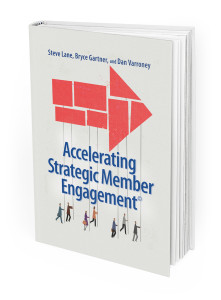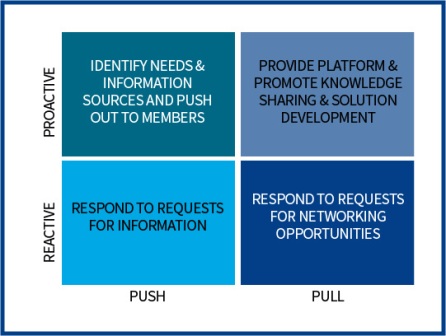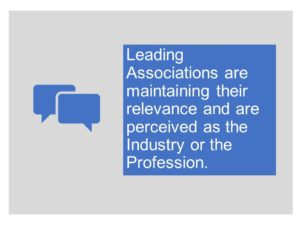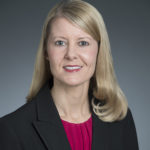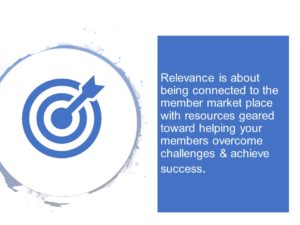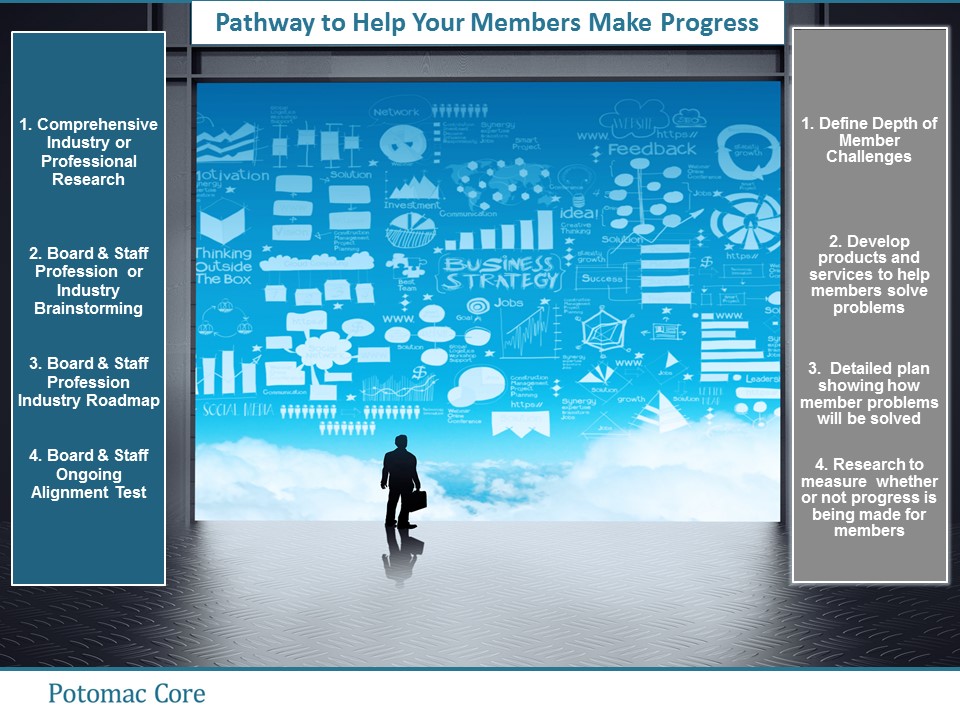Data Driven Engagement is the best bet for Associations seeking to accelerate member engagement. Getting and keeping members engaged will be even more challenging. Economic uncertainty stemming from political gridlock and geopolitical risk remains widespread as corporations continue to increase their cash reserves at a “faster rate than expected.” According to a survey conducted by the Association of Financial Professionals (AFP), “This marks the fifth consecutive quarter where organizations accumulated cash at a greater rate than they anticipated entering the quarter.” This means your Association needs to build strategies that help your members achieve their business and professional outcomes.
Rapidly Evolving Expectations
As corporations hold onto even more cash, Associations will need to dig deeper to understand what different segments of their membership need to either impact their career or their member’s business growth outcomes. In today’s world, many members are not interested in the standard and bundled benefits package. They are looking for opportunities to learn and share knowledge in the morning that they can apply later that afternoon. This requires a focused and Data Driven Engagement strategy.
One Size Fits None
If Data Driven Engagement is the objective, then having the research to shape your decisions are critical to your Association’s success. Your organization should begin with a professional survey utilizing a Data Scientist. Why? This will help your Association obtain the actionable information that it needs to develop targeted, focused, segmented, and meaningful strategies.
This segmented audience profile will provide actionable information that guides your Association to:
- Begin to understand each segment’s Professional Business outcomes & priorities.
- Determine how members participate with your Association today.
- Surface how they utilize social media to obtain or share knowledge.
- Identify the Business & Professional outcomes they seek.
- Determine whether they see a connection between their participation and the outcomes they must achieve.
- See where else your members consume information and share knowledge.
Your Data Driven research should also determine:
- Company size & location
- Member role
- Scope of member responsibility
Data Driven Engagement And Member Segmentation
Data Driven Engagement starts with developing member segmented profiles. Look for the career and Professional segments needed to address challenges and to work together with their peers to build solutions to Industry challenges. In doing so, you will lay the groundwork to create a unique experience for your members. Starting with your membership, you will be able to identify key trends and characteristics that can be developed into specific go to market strategies. Once you complete segmented member profiles you can utilize the same process for your prospective members.
Segmented Communication and Engagement Tactics
Data Driven Engagement takes shape as your Association develops your communication and engagement strategies by specific member segment. With your professional research and segmented profiles, your organization is on its way to developed the appropriate strategies to attract and accelerate member engagement.
Data Driven Engagement Strategies by Career Stage
Your Association can also utilize Data Driven Engagement strategies to structure and implement educational offerings. While most associations have educational offerings, they are not targeted to the needs of members at varying stages of their career. At each stage, there may be Professional developmental opportunities that members might obtain through your organizations training curriculum. That means your Association may have considerable opportunities to provide added value by creating programs that advance careers and help drive business outcomes for their companies.
Utilizing a Data Driven Engagement strategy, your Association is positioned to construct a career stage model to impact careers and increase the return on member engagement:

Professional Development Solutions Provider
Organizations nowadays also have more opportunities to serve their membership as “Professional Development Solutions Providers.” For example, through a merger of the American Bakers Association and the Biscuit and Cracker Manufacturers’ Association, a “Cookie and Cracker Academy” was established. “The merger has given us an exciting opportunity to continue to enhance and develop an already impressive educational program that serves the needs of the membership,” said ABA President & CEO Robb MacKie. The program provides:
- Entry Level Training Program– Addresses individuals new to the Industry by teaching the fundamentals all employees must know to work in a manufacturing environment.
- The Intermediate Training Course – Offering expanded operations oriented instruction which is based on specific product types and/or the equipment used to produce it.
- Experienced Professionals – Can utilize advanced instruction with the Cookie & Cracker Manufacturing Course, which includes the science and theory underpinning the complete process.
Utilizing Data Driven Engagement, ABA is utilizing Professional survey research to continue to hone & customize training options for Cookie and Cracker professionals.
Data Driven Engagement
Global uncertainty is still the eight hundred pound gorilla in the room for corporate decision makers. According to S&P Global, Corporate Cash has reached $1.9 Trillion and Chief Financial Officers are hoarding even more cash. Executives won’t engage unless the activity helps them learn something that morning that they can apply that afternoon. If your Association is committed to accelerating member engagement, it will require a comprehensive Data Driven Engagement planning and implementation strategy.
Click here to receive your free eBook “Accelerating Strategic Member Engagement”


